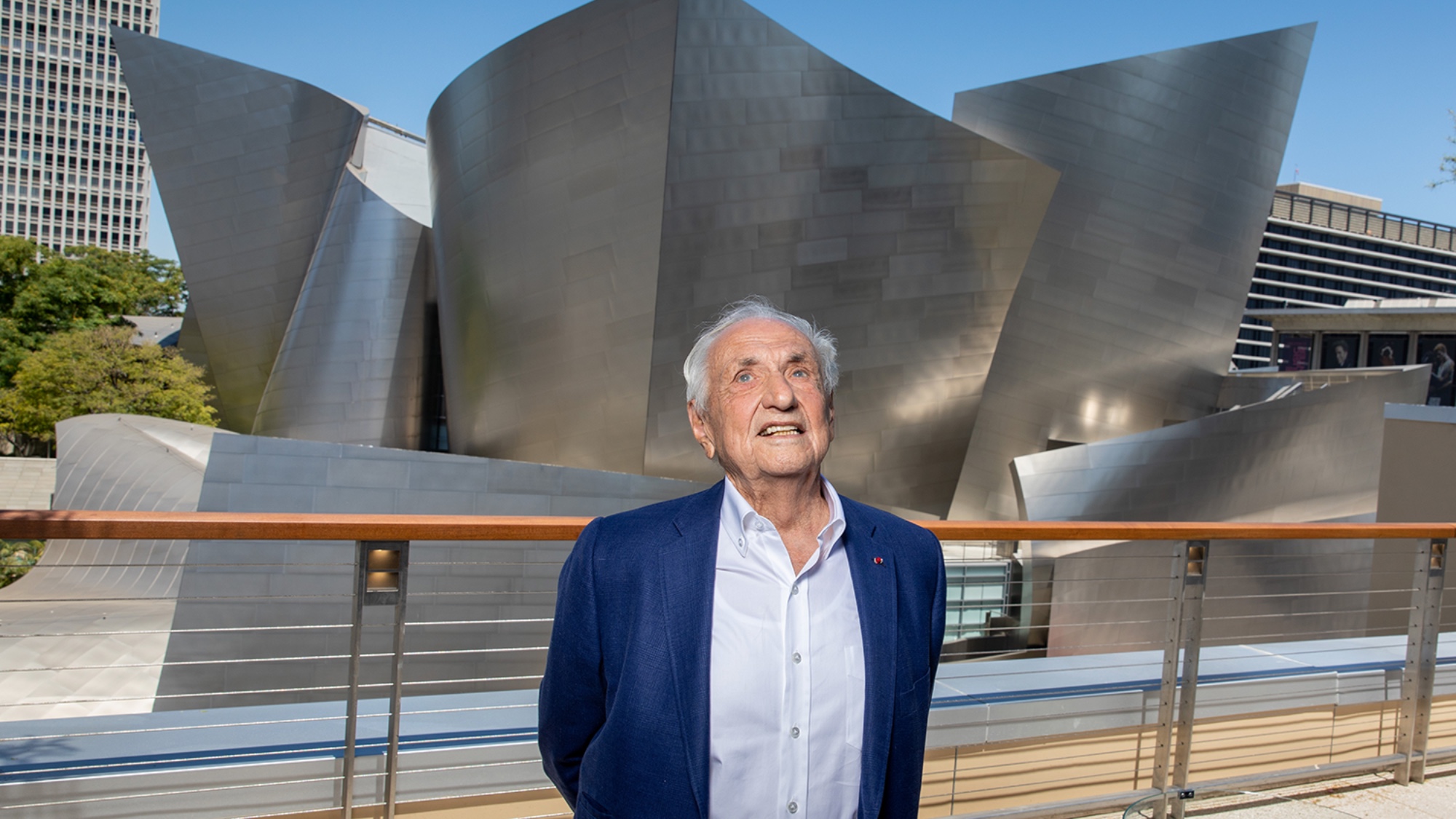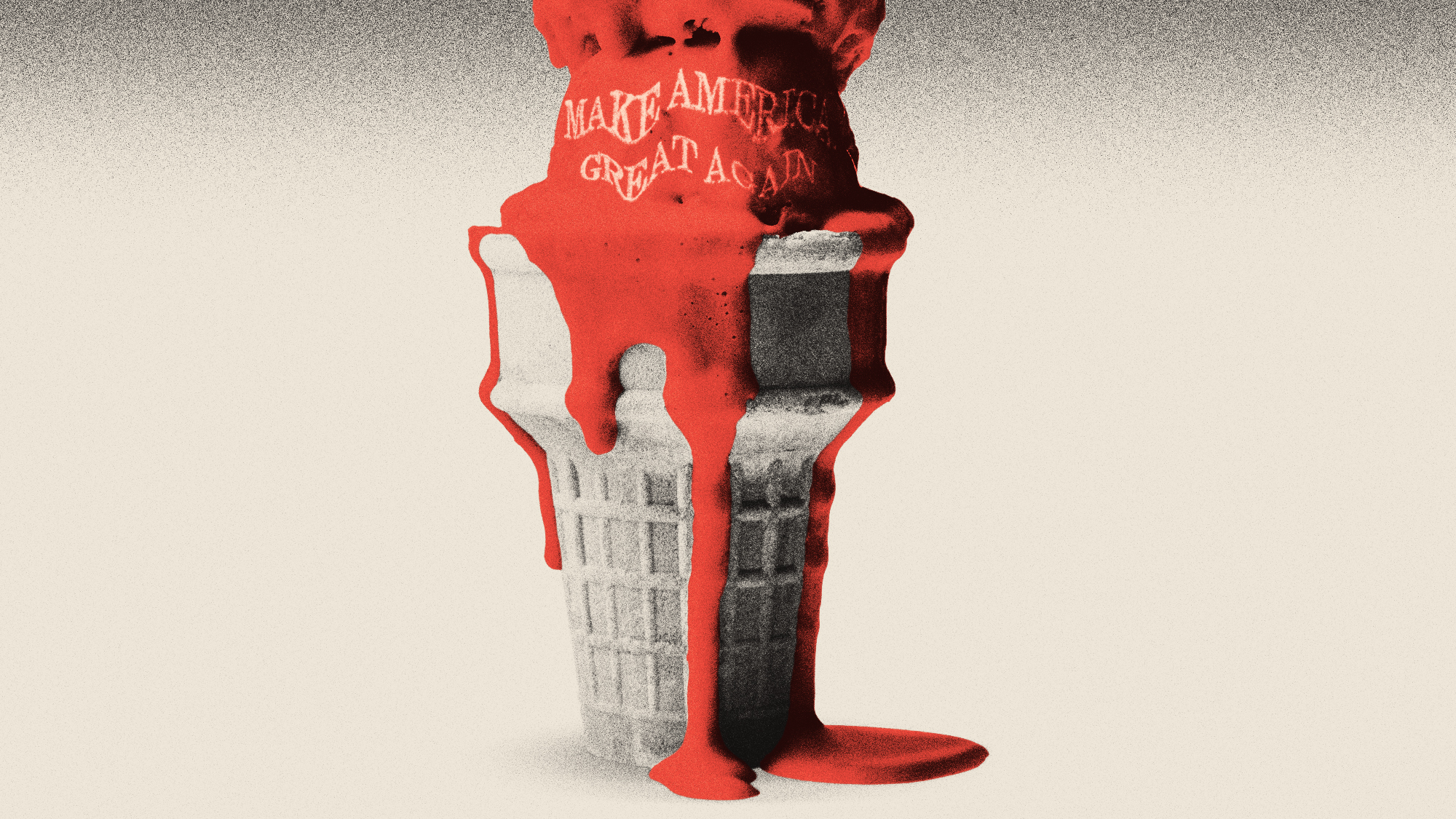Exhibit of the week: The Art of Scent 1889–2012
Ah, smell that art.
Museum of Arts and Design, New York
Through Feb. 24
Ah, smell that art, said Jesse Ashlock in Details.com.Throughout history, artists have sought to move hearts and minds by appealing to the senses, but not often has a museum mounted a show expressly dedicated to delighting the nose. “Eager to advance the idea of scent as an art form,” New York’s Museum of Arts and Design has done just that, misting in more than a century’s worth of revolutionary scents chosen by resident olfactory curator and former New York Times perfume critic Chandler Burr. The dozen featured aromas, beginning with Jicky, an 1889 perfume developed in Paris by Aimé Guerlain, are indeed marvelous. In truth, it’s hard to dispute that they’re art, especially after getting a whiff of Daniela Andrier’s Untitled, designed in 2010 for Maison Martin Margiela. “Big, clean, and airy,” it is, as Burr puts it, like “abstracted nature.”
The Week
Escape your echo chamber. Get the facts behind the news, plus analysis from multiple perspectives.

Sign up for The Week's Free Newsletters
From our morning news briefing to a weekly Good News Newsletter, get the best of The Week delivered directly to your inbox.
From our morning news briefing to a weekly Good News Newsletter, get the best of The Week delivered directly to your inbox.
The show isn’t merely some marketing event created by the cosmetics industry, said Carol Kino in The New York Times. Burr wants us to see that Guerlain and early adopters of synthetic ingredients were the modernists of their field, artists for whom fragrance was a pure creative medium. The curator won’t abide descriptions of perfume that consist only of listed components, like “sandalwood” or “citrus.” And because he also wants to rope fragrance off from such distractions as logos, fashion models, and bottle designs, the exhibit’s central space is “a minimalist white cube” whose walls dispense puffs of perfume each time a visitor leans in at one of 12 gentle indentations. Wall texts identify the perfumer, and describe scents “in terms typically reserved for visual art and architecture.” Burr’s write-up of Olivier Cresp’s Angel (1992) speaks of the cotton-candy-scented fragrance as “a work of beautiful overt surrealism.”
Maybe I’m “an untutored Philistine of fragrance,” but I don’t swallow Burr’s argument, said Blake Gopnik in TheDailyBeast.com. What’s an untrained nose to make of Antoine Lie and Antoine Maisondieu’s Eau de protection (2007), designed, says Burr, to conjure both a woman so beautiful that roses ran in her blood, and the knife that killed her? When coached, I could smell the rose, “maybe a touch of steely astringency,” but “certainly no blood.” Or how about Bertrand Duchaufour’s Sienne l’Hiver (2007), described by Burr as a work of “virtuosic realism”? Try as I might to detect the “leather of horses” and the “cold stones” of Siena, Italy, all I smelled was perfume—“with a bit of coolness.” Maybe perfumery is art, but “the range of experience” it’s capable of producing seems awfully limited. The work of a visual artist can be solemn or sophomoric, comic or enraged. “Most perfumers,” I’m afraid to say, “make expensive stuff that smells more or less like perfume.”
A free daily email with the biggest news stories of the day – and the best features from TheWeek.com
-
 Metaverse: Zuckerberg quits his virtual obsession
Metaverse: Zuckerberg quits his virtual obsessionFeature The tech mogul’s vision for virtual worlds inhabited by millions of users was clearly a flop
-
 Frank Gehry: the architect who made buildings flow like water
Frank Gehry: the architect who made buildings flow like waterFeature The revered building master died at the age of 96
-
 Is MAGA melting down?
Is MAGA melting down?Today's Big Question Candace Owens, Tucker Carlson, Laura Loomer and more are feuding